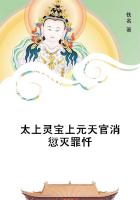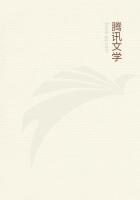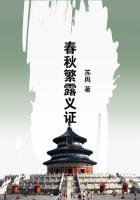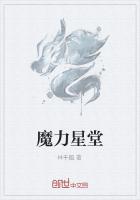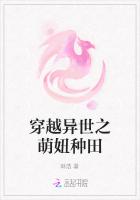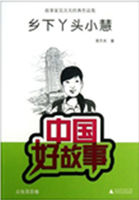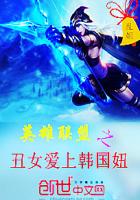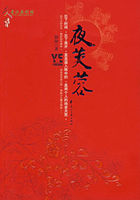followed them up by like inquiries upon the marine sea-anemones and corallines; Reaumur, convinced against his will of the entire justice of Peyssonel's views, adopted them, and made him a half-and-half apology in the preface to the next published volume of the "Memoires pour servir l'Histoire des Insectes;" and, from this time forth, Peyssonel's doctrine that corals are the work of animal organisms has been part of the body of established scientific truth.
Peyssonel, in the extract from his memoir already cited, compares the flower-like animal of the coral to a "poulpe," which is the French form of the name "polypus,"--"the many-footed,"--which the ancient naturalists gave to the soft-bodied cuttlefishes, which, like the coral animal, have eight arms, or tentacles, disposed around a central mouth. Reaumur, admitting the analogy indicated by Peyssonel, gave the name of polypes, not only to the sea-anemone, the coral animal, and the fresh-water Hydra, but to what are now known as the Polyzoa, and he termed the skeleton which they fabricate a "polypier," or "polypidom."The progress of discovery, since Reaumur's time, has made us very completely acquainted with the structure and habits of all these polypes. We know that, among the sea-anemones and coral-forming animals, each poylpe has a mouth leading to a stomach, which is open at its inner end, and thus communicates freely with the general cavity of the body; that the tentacles placed round the mouth are hollow, and that they perform the part of arms in seizing and capturing prey. It is known that many of these creatures are capable of being multiplied by artificial division, the divided halves growing, after a time, into complete and separate animals;and that many are able to perform a very similar process naturally, in such a manner that one polype may, by repeated incomplete divisions, give rise to a sort of sheet, or turf, formed by innumerable connected, and yet independent, descendants. Or, what is still more common, a polype may throw out buds, which are converted into polypes, or branches bearing polypes, until a tree-like mass, sometimes of very considerable size, is formed.
This is what happens in the case of the red coral of commerce. Aminute polype, fixed to the rocky bottom of the deep sea, grows up into a branched trunk. The end of every branch and twig is terminated by a polype; and all the polypes are connected together by a fleshy substance, traversed by innumerable canals which place each polype in communication with every other, and carry nourishment to the substance of the supporting stem. It is a sort of natural cooperative store, every polype helping the whole, at the same time as it helps itself. The interior of the stem, like that of the branches, is solidified by the deposition of carbonate of lime in its tissue, somewhat in the same fashion as our own bones are formed of animal matter impregnated with lime salts; and it is this dense skeleton (usually turned red by a peculiar colouring matter) cleared of the soft animal investment, as the hard wood of a tree might be stripped of its bark, which is the red coral.
In the case of the red coral, the hard skeleton belongs to the interior of the stem and branches only; but in the commoner white corals, each polype has a complete skeleton of its own. These polypes are sometimes solitary, in which case the whole skeleton is represented by a single cup, with partitions radiating from its centre to its circumference. When the polypes formed by budding or division remain associated, the polypidom is sometimes made up of nothing but an aggregation of these cups, while at other times the cups are at once separated and held together, by an intermediate substance, which represents the branches of the red coral. The red coral polype again is a comparatively rare animal, inhabiting a limited area, the skeleton of which has but a very insignificant mass; while the white corals are very common, occur in almost all seas, and form skeletons which are sometimes extremely massive.
With a very few exceptions, both the red and the white coral polypes are, in their adult state, firmly adherent to the sea-bottom; nor do their buds naturally become detached and locomotive.
But, in addition to budding and division, these creatures possess the more ordinary methods of multiplication; and, at particular seasons, they give rise to numerous eggs of minute size. Within these eggs the young are formed, and they leave the egg in a condition which has no sort of resemblance to the perfect animal.
It is, in fact, a minute oval body, many hundred times smaller than the full grown creature, and it swims about with great activity by the help of multitudes of little hair-like filaments, called cilia, with which its body is covered. These cilia all lash the water in one direction, and so drive the little body along as if it were propelled by thousands of extremely minute paddles. After enjoying its freedom for a longer or shorter time, and being carried either by the force of its own cilia, or by currents which bear it along, the embryo coral settles down to the bottom, loses its cilia, and becomes fixed to the rock, gradually assuming the polype form and growing up to the size of its parent. As the infant polypes of the coral may retain this free and active condition for many hours, or even days, and as a tidal or other current in the sea may easily flow at the speed of two or even more miles in an hour, it is clear that the embryo must often be transported to very considerable distances from the parent. And it is easily understood how a single polype, which may give rise to hundreds, or perhaps thousands, of embryos, may, by this process of partly active and partly passive migration, cover an immense surface with its offspring.

![火[合牛]供养仪轨](http://cdn.houhaiwang.com/images/book/2020/02/18/214516156.jpg)
